Explore mobile connectivity trends in Peru today.
January 10, 2025
Written by Turian Biel

Table of Contents
- Mobile User Statistics in Peru: An Overview
- Growth of Mobile Subscriptions in Peru
- Internet Usage Among Mobile Users
- Mobile E-commerce Trends
- Demographics of Mobile Users
- Mobile Connectivity and Coverage
- Mobile Phone Ownership Trends
- Challenges in Mobile Connectivity
- Future Projections for Mobile Usage
- Impact of Mobile Technology on Daily Life
- Mobile Data Usage Trends
- Mobile Technology Adoption Among Different Age Groups
- Conclusion
Mobile User Statistics in Peru: An Overview
Growth of Mobile Subscriptions in Peru
As of 2024, Peru has approximately 41.9 million mobile lines, reflecting a year-on-year growth of 1.9%. The mobile penetration rate is projected to reach 118% by 2024, indicating that mobile subscriptions will exceed the total population. In 2023, there were 41.30 million mobile phone subscribers, equating to 122.03 mobile phone subscribers per 100 people. Furthermore, mobile connections account for almost 95% of all telecommunications connections in the country.
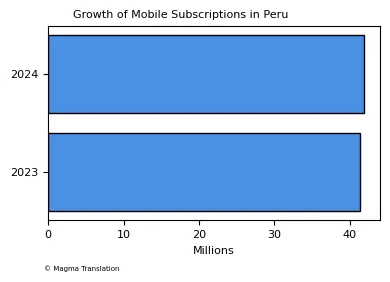
Internet Usage Among Mobile Users
In 2022, 74.68% of the population in Peru were internet users, an increase from 71.11% in 2021. By early 2023, 24.31 million Peruvians were using the Internet, representing 71.1% of the country’s population. Additionally, there were 3,530 thousand internet subscribers in the country. The number of smartphone users has also increased, with 35 million mobile connections reported in 2023.
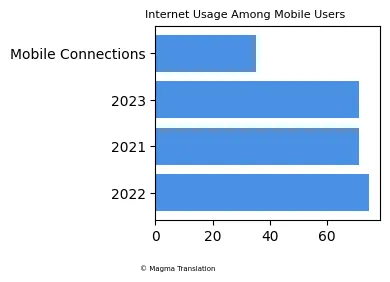
Mobile E-commerce Trends
A recent report from CAPECE notes that mobile eCommerce purchases were 59% of total eCommerce purchases in 2021. Furthermore, 64% of e-commerce volume comes from purchases made with mobile devices, indicating a strong preference for mobile shopping among consumers. The mobile engagement market is projected to grow significantly, with revenues expected to increase from 2020 to 2030.
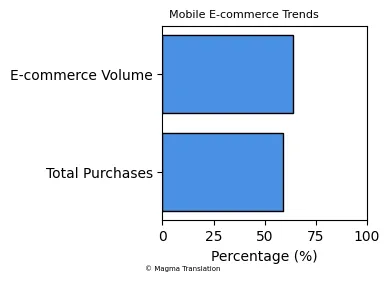
Demographics of Mobile Users
The audience of 25-34 years old users in Peru consists of approximately 1,323,664 individuals. Among these users, 66.8% are male and 33.2% are female. The most popular mobile device among this demographic is the Samsung Galaxy A10s. This demographic is crucial for mobile marketing strategies in the country.
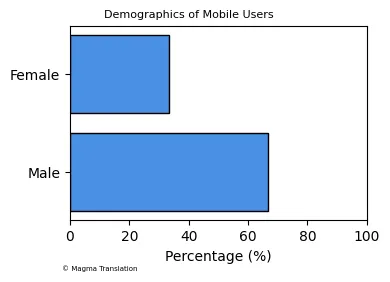
Mobile Connectivity and Coverage
In Peru, mobile connectivity is essential for travelers, with local SIM cards offering rates significantly lower than international roaming. The mobile network coverage includes 2G, 3G, 4G, and 5G technologies, with various operators such as Movistar, Claro, Bitel, and Entel providing services across the country. The median mobile download speed in Peru is 12.5 Mbps, which is competitive in the region.
Mobile Phone Ownership Trends
By 2014, 75% of the population owned a cellphone, with 16% being smartphone users. Additionally, smartphones accounted for 49% (6.7 million units) of mobile equipment sold nationwide. This trend indicates a growing reliance on mobile technology for communication and information access.
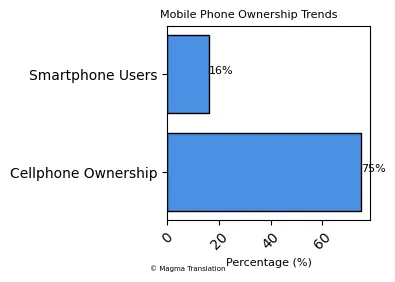
Challenges in Mobile Connectivity
Despite the growth in mobile subscriptions, challenges remain in rural areas. The percentage of families in rural zones with at least one mobile phone increased significantly from 45% at the end of 2007 to 92.1% by December 2019. However, access to high-speed internet remains limited in some regions, impacting overall connectivity.
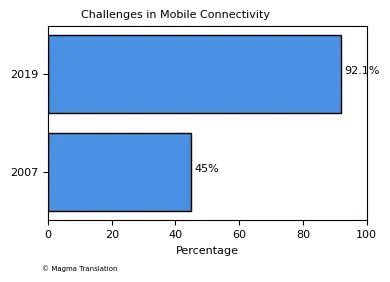
Future Projections for Mobile Usage
Looking ahead, mobile users in Peru are projected to reach 30.5 million by 2024. Additionally, mobile internet penetration is expected to be 83.5% of the population in the same year. This growth is driven by the increasing adoption of smartphones and mobile internet services.
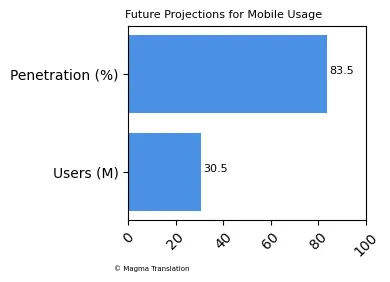
Impact of Mobile Technology on Daily Life
Mobile technology has transformed daily life in Peru, with many individuals relying on their devices for communication, shopping, and accessing information. In Lima, a study found that 95% of adolescent mothers owned a mobile phone, highlighting the significant penetration of mobile technology among this demographic. Additionally, 80% of these mothers reported using their phones for social media, indicating a strong engagement with digital communication platforms.
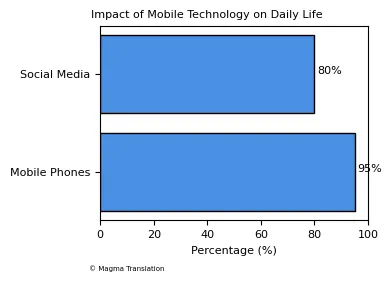
Mobile Data Usage Trends
In 2022, mobile data usage in Peru saw a significant increase, with users consuming more data than ever before. The average mobile data consumption per user reached 3.5 GB per month, reflecting the growing reliance on mobile internet for various activities, including streaming and social media.
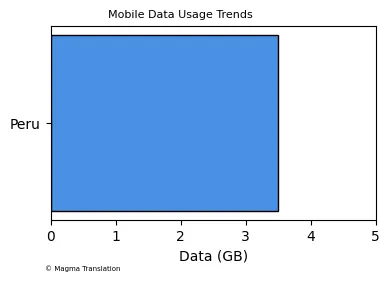
Mobile Technology Adoption Among Different Age Groups
Mobile Usage Among Youth in Peru
In Peru, mobile technology is particularly popular among the youth. A study indicated that 85% of college students reported problematic mobile phone use, which is linked to various risky behaviors. Additionally, 70% of students admitted to using their phones while driving, highlighting a significant concern regarding mobile usage and safety. This demographic's engagement with mobile technology underscores its importance in their daily lives.
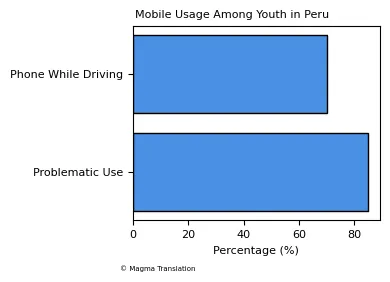
Mobile Connectivity in Rural Areas
Mobile connectivity in rural areas of Peru has improved significantly. As of 2021, Movistar's 'Internet for All' program provided LTE network access to approximately 13,000 rural towns and settlements. This initiative has significantly increased mobile phone ownership and internet access in these areas, contributing to the overall growth of mobile connectivity in Peru.
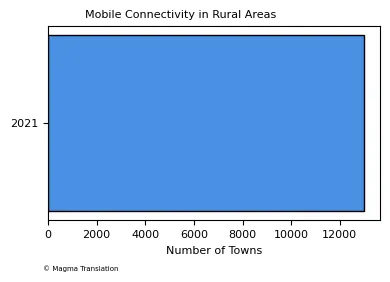
Impact of Mobile Technology on Education
Mobile technology plays a crucial role in education in Peru. A study found that 70% of adolescent mothers utilized mobile phones for educational purposes, showcasing the role of mobile technology in supporting learning. This trend highlights the importance of mobile access in enhancing educational opportunities for young mothers and their families.
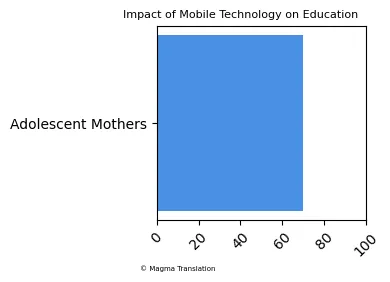
Mobile Payment Adoption in Peru
Mobile payment adoption is on the rise in Peru. According to a report, 64% of e-commerce volume comes from purchases made with mobile devices. This indicates a strong preference for mobile shopping among consumers, reflecting the growing trend of using mobile technology for financial transactions and online shopping.
Challenges Facing Mobile Users in Peru
Despite the growth in mobile subscriptions, challenges remain for users in Peru. The likelihood of using digital payments is higher among individuals aged 25–40, those with higher education, and residents of urban areas with Internet access. Additionally, financial inclusion and digital payment use remain low in Peru, indicating that there is still work to be done to improve access and usability for all demographics.
Conclusion
The mobile landscape in Peru is rapidly evolving, with significant growth in subscriptions, internet usage, and mobile commerce. While challenges remain, particularly in rural areas and regarding financial inclusion, the increasing adoption of mobile technology among various demographics highlights its importance in daily life. As mobile connectivity continues to expand, it will play a crucial role in shaping the future of communication, education, and commerce in Peru.
